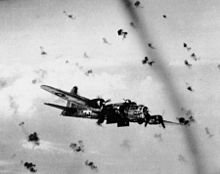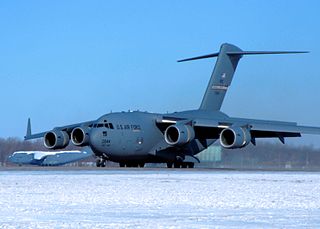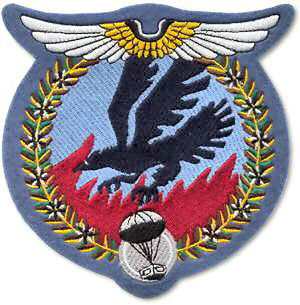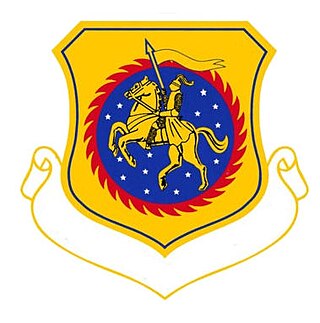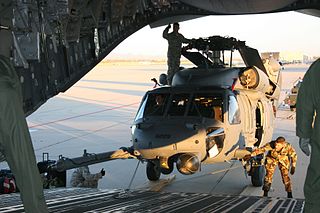729th Airlift Squadron  | |
|---|---|
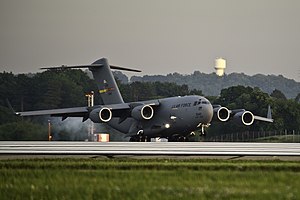 729th Airlift Squadron C-17 Globemaster III | |
| Active | 1943–1945; 1947–1952; 1952–present |
| Country | |
| Branch | |
| Role | Airlift |
| Part of | Air Force Reserve Command |
| Garrison/HQ | March Air Reserve Base |
| Engagements | European Theater of Operations Korean War |
| Decorations | Distinguished Unit Citation Air Force Outstanding Unit Award Republic of Korea Presidential Unit Citation Republic of Vietnam Gallantry Cross with Palm [1] |
| Insignia | |
| 729th Airlift Squadron emblem [lower-alpha 1] [1] |  |
| 729th Military Airlift Sq emblem [lower-alpha 2] [1] |  |
| Unofficial 729th Bombardment Squadron emblem (B-26 era) | 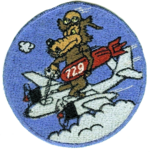 |
| 729th Bombardment Squadron emblem [lower-alpha 3] [2] | 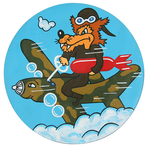 |
| World War II fuselage code [3] [lower-alpha 4] | M3 |
| Aircraft flown | |
| Transport | C-17 Globemaster III |
The 729th Airlift Squadron is a United States Air Force Reserve squadron, assigned to the 452d Operations Group, stationed at March Air Reserve Base, California. It operates Boeing C-17 Globemaster III aircraft providing global airlift any time, any place.
Contents
- History
- World War II
- Reserve duty and Korean War call-up
- Reconnaissance and Bombardment in the reserves
- Tactical airlift
- Activation of groups under the wing
- Strategic airlift
- Lineage
- Assignments
- Stations
- Aircraft
- Awards and campaigns
- See also
- References
- Notes
- Bibliography
The squadron was first activated as the 729th Bombardment Squadron in 1943. After training in the United States with the Boeing B-17 Flying Fortress, the squadron deployed to the European Theater of Operations, participating in the strategic bombing campaign against Germany. It earned a Distinguished Unit Citation (DUC) during an attack on a German jet fighter base near Kaltenkirchen in April 1945. Following V-E Day, the squadron returned to the United States and was inactivated.
The squadron was activated again in the reserves in 1947. Two years later, it began to train with Douglas B-26 Invaders. In August 1950, the squadron was one of the first reserve units mobilized for the Korean War. After filling its ranks and undergoing intensive training, the squadron deployed to Far East Air Forces and began flying combat missions. It was awarded two additional DUCs for its operations in Korea. In May 1952, the squadron was inactivated and its personnel and equipment were transferred to a regular unit that was simultaneously activated.
The squadron was activated in the reserves again two months later as the 729th Tactical Reconnaissance Squadron. It returned to the light bomber mission in 1955, but the Air Force's reserve units were converting to the airlift mission, and the squadron became the 729th Troop Carrier Squadron in July 1957, and has served in tactical and strategic airlift roles since then.
